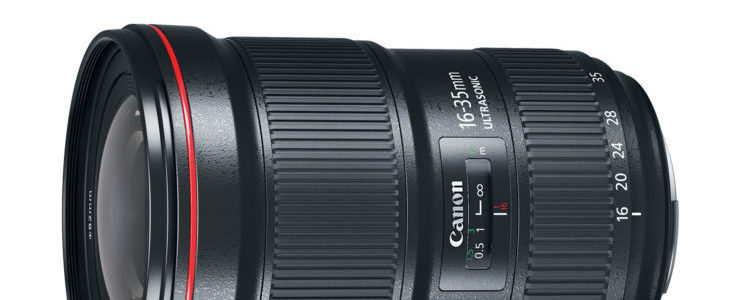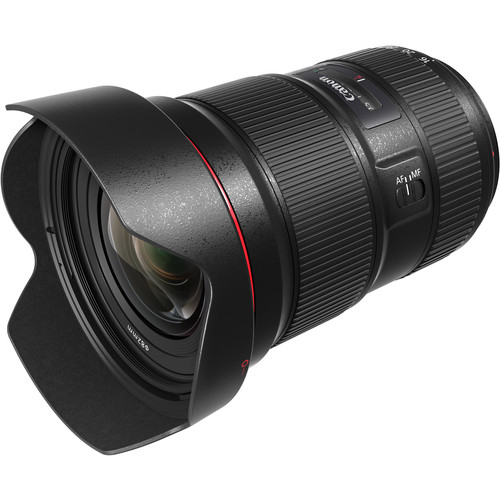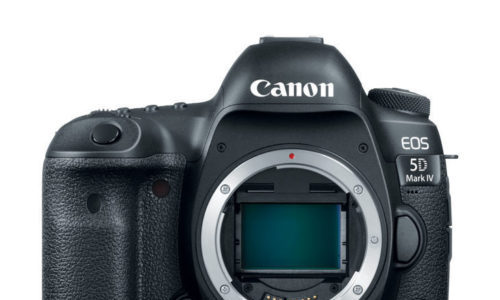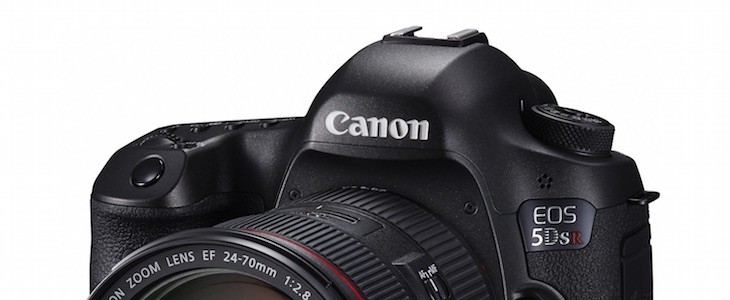Follow us:
Canon contributes to cosmological observation by expanding the range of observable infrared frequencies

Canon plans to develop an immersion grating from materials suitable for frequencies close to visible light (0.8–1.2 μm). With the successful development of its InP immersion grating, the Company is one step closer to achieving that goal. By developing a lineup of immersion gratings using a variety of different materials, users can choose the optimal grating based on the frequency range it will be used with to make possible a wide range of applications in the field of infrared spectroscopy. Canon anticipates applications in the fields of medicine, communication and, of course, astronomy.
Canon press release:
Canon successfully develops world’s first indium phosphide immersion grating
TOKYO, October 18, 2016—Canon Inc. announced today the successful development of the world’s first* indium phosphide (InP) immersion grating.† Strengthening its lineup of immersion gratings, which includes gratings made from germanium (Ge) and cadmium zinc telluride (CdZnTe), Canon is contributing to even greater progress in cosmological observation by expanding the range of observable infrared frequencies.
In order to retrieve information contained within light emitted from space, astronomical telescopes and man-made satellites are equipped with spectroscopes—devices that incrementally divide light by its different frequencies—that play a vital role in cosmological observation. Compared with typical reflective elements, immersion gratings enable spectrometers that are smaller in size and realize higher levels of performance. With the addition of an InP immersion grating to Canon’s lineup, spectrometers could be reduced to approximately 1/27th the volume of those equipped with typical reflective elements that cover the same frequencies. Overcoming restrictions on size and weight, which, until now, made it difficult to launch man-made satellites equipped with high-performance spectrometers, is expected to further expand the possibilities of cosmological observation. What’s more, the application of this grating to next-generation large ground-based telescopes, which face the problem of ever-increasing sizes, could lead to reductions in size without sacrificing performance.




